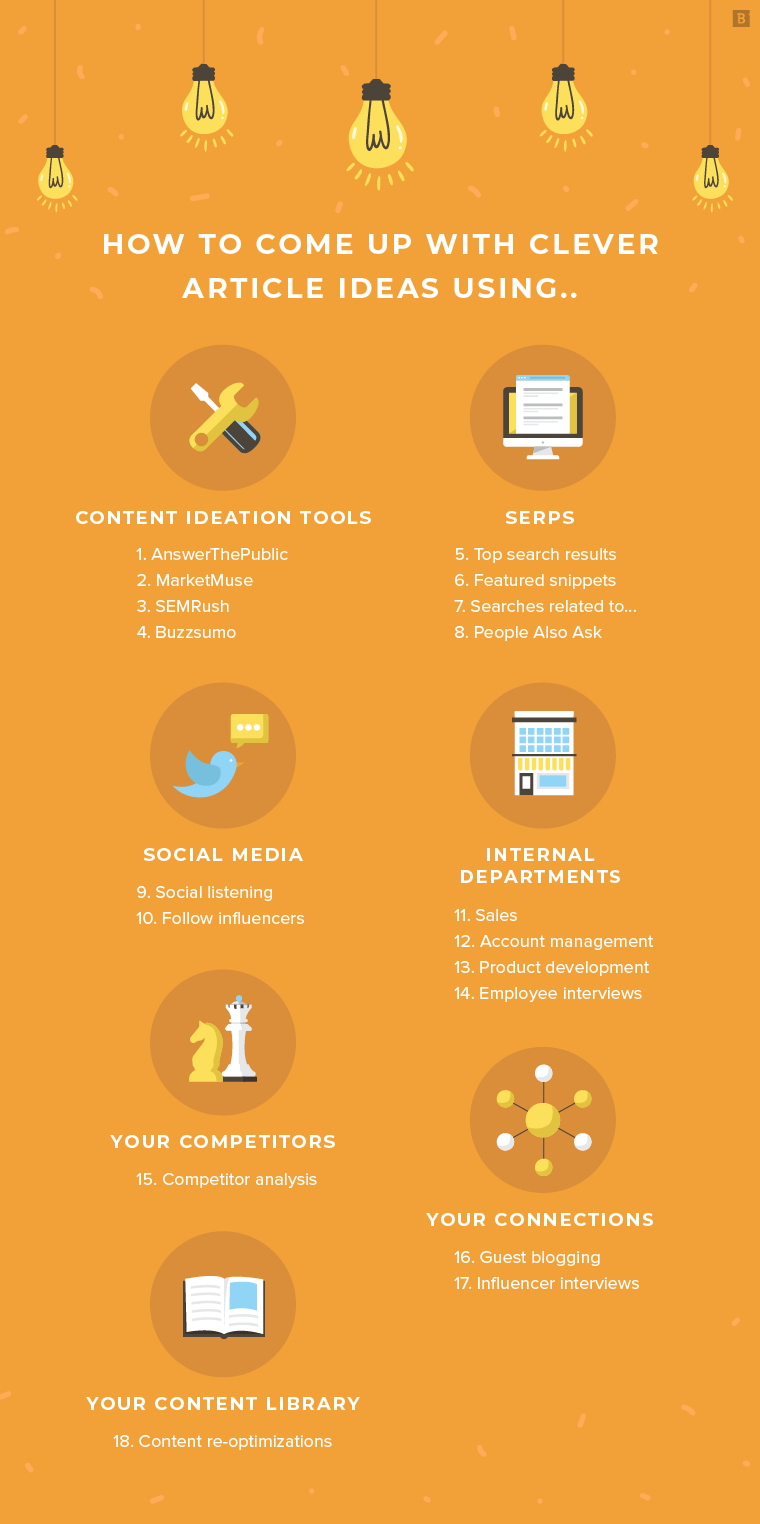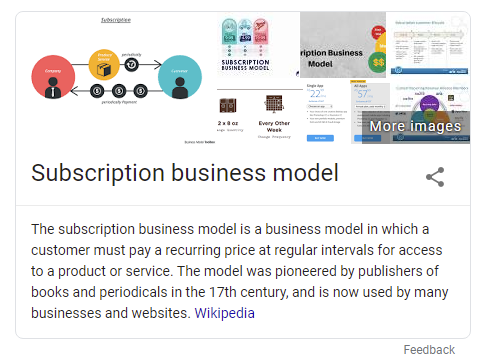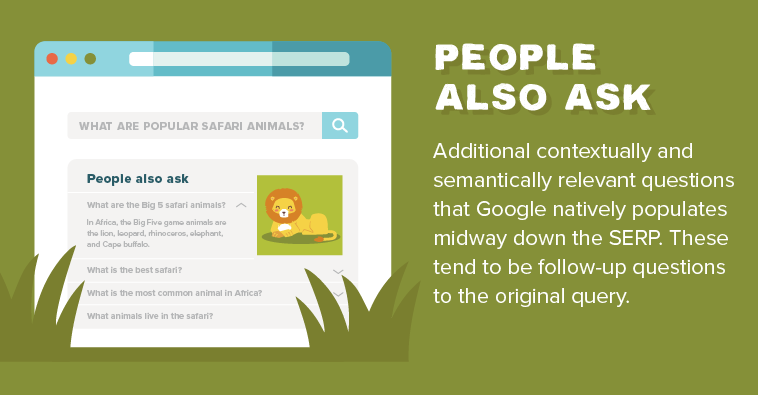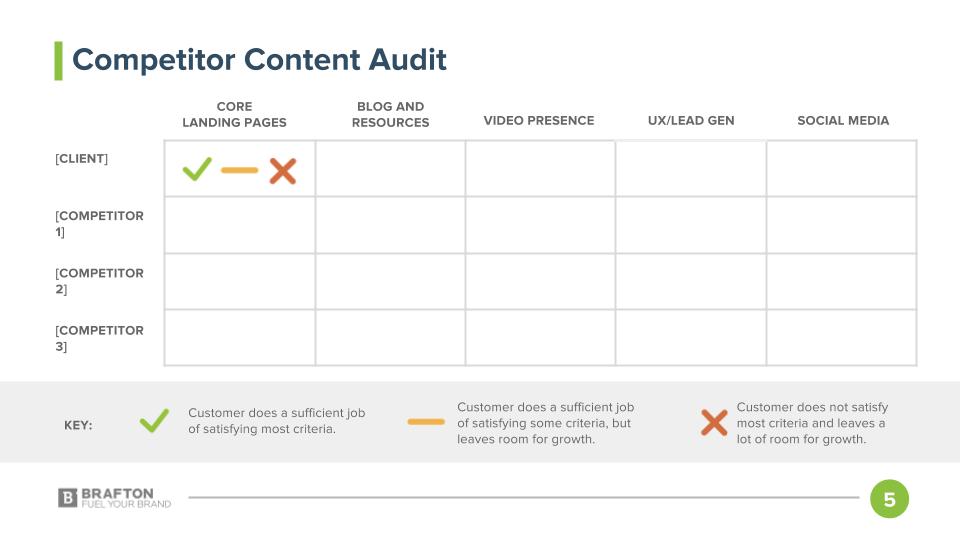A marketer’s job is never done. You need a constant flow of content to support digital marketing campaigns, maintain user engagement and build on past successes.
Feeding the marketing machine with fresh content ideas isn’t always easy, and sometimes your well of inspiration will run dry. But that’s no excuse to roll out stale, uninteresting articles just to fill out a content calendar. Only the most compelling blogs are going to stand out from the competition and catch the eye of your target audience.
To help you work through the inevitable ideation rut, we’ve put together this list of surefire tips to come up with clever article ideas. Think of it as your topic brainstorming cheat sheet that you can always fall back on when you feel like every blog idea and angle has been done to death.

Turn to content ideation tools
You don’t need to go it alone when brainstorming blog post ideas. There are several content ideation tools out there that can help get the creative juices flowing. Some of our favorites run the gamut from dedicated keyword and topic generation platforms to more comprehensive SEO solutions.
1. AnswerThePublic
This keyword generator can double as an article brainstorming tool. Enter the general topic you want to cover, and AnswerThePublic will suggest several long-tail keywords to target. You can drill deeper to refine results and generate more specific topics to cover. Did we mention it’s free?

2. MarketMuse
Using cutting-edge tech like AI and natural language processing, MarketMuse produces extremely detailed reports guiding just about every aspect of a piece of content. Those reports suggest related sub-topics to include in an article. In many cases, those sub-topics can be spun off into their own dedicated content, keeping the ideation cycle spinning.
3. SEMrush
To call SEMrush a content ideation tool would be horribly underselling its capabilities. It’s keyword analysis and SEO features are pretty exhaustive, and absolutely worth the price of a subscription. Using SEMrush’s detailed keyword research tools to brainstorm article ideas is more of a bonus than a core feature, but it’s a highly effective bonus.
4. BuzzSumo
Want your content to gain traction on social media? Then BuzzSumo is the tool for you. The platform shows you what topics are trending on different social channels. Give it a keyword or search query to analyze, and it’ll show all the top performing content across social media. That’s your chance to strike while the iron is hot.
Dig into SERPs
Search engine results pages (SERPs) provide a lot of fodder for post ideas – if you know where to look.
5. Top search results
Analyzing the top ranking search results for a targeted keyword can give you more insight into the messaging and conversations that are gaining traction on search engines. You might also find glaring omissions in those high-ranking blog posts that you can capitalize on, creating a dedicated article covering a subtopic the competition failed to address.
6. Featured snippets
Featured snippets can be useful in the same way. Your site could be missing the kind of exhaustive content that typically gets highlighted as a featured snippet. Taking cues from articles that currently hold that highly coveted SERP space will increase your chances of grabbing that spot yourself.
Say you’re a billing software vendor catering to subscription businesses and want to create articles based around the keyword “subscription business model.” Google will pull up this featured snippet for that query:

There are a few different content ideas to pull from this, the most obvious being a high-level piece explaining what a subscription business model is. You could also dive into the history of subscription business models to show users who are considering adding a subscription service (i.e., your potential customers), that this seemingly disruptive shift isn’t quite as intimidating as it might appear.
7. Searches related to …
Keywords don’t always give you a good sense of what the searcher’s intent is. There are any number of reasons why someone might type “subscription business model” into Google, and not all of them have commercial intent.
If you want to get a crystal-clear view of users’ thought processes, scroll down to the end of the SERP to find a list of queries that are similar to your keyword. These results are often more detailed and specific, giving you plenty of great ideas for content that directly covers topics people are actively looking for.
8. People Also Ask
Question-based articles are popular with content marketers for a reason: They offer up high-quality, informative content while mirroring the exact language that people use when Googling search terms.
Google’s “People Also Ask” SERP feature can provide nearly endless article ideas, providing a list of questions users have asked that are closely related to your keyword. This is one case where Google’s encroachment on SERP space can work in your favor. It will initially spit out only a handful of questions, but click through the results and it will continue returning more and more related queries on the page.

Consult social media
Interacting with customers over social media isn’t just good for brand engagement; it can also point you in the direction of article topics that are more likely to resonate with your core audience.
9. Social listening
Social listening is often used more as a tool for assessing and building brand engagement and awareness. But, it can help you break out of a bad case of writer’s block too. Digging into the comments that your followers leave on your feed can jumpstart the ideation process with topics provided courtesy of your customers.
For instance, if you’re hearing the same questions from various users, consider creating blog content that will give them comprehensive answers. Or, if your followers are actively discussing a particular topic, maybe you should write an article about it.
You don’t even need to wait around for users to come to you with questions or comments. Fire off a few of your own. Use your followers’ responses to brainstorm new article ideas. Industry-related trends, challenges and strategies are all good starting points to get the conversation rolling.
10. Follow influencers
Also take a look at what industry influencers are talking about. There are sure to be some juicy nuggets you can comment on and spin with your own brand messaging. You might even want to reach out to those social media influencers about writing a guest post for your blog.
With social media, you have a direct line to your most engaged customers as well as other industry members. They are flat out telling you what matters most to them. Take advantage of that opportunity and harness those subjects for content creation. It’s a can’t-miss strategy.
Reach out to other departments
Marketers don’t have to rely on their own channels to get insight into the topics and subjects that matter most to customers. Other departments have just as much – if not more – visibility into the customer experience. Pick their brains to build out your content calendar with niche material that will really strike a chord with readers.
11. Sales
No one has more first-hand experience with prospective customers than your sales team. All they do, day in and day out, is talk to qualified leads, discuss their biggest goals and pain points and convince them that your services are the answer.
Those conversations are a gold mine of inspiration for your content strategy. For instance, write articles addressing the headaches and challenges that your target audience struggles with most, and direct readers to the best solution available (i.e., your products and services).
Consulting your sales department is also great for developing bottom-of-the-funnel content that generates conversions. Who better to know what material will drive a purchasing decision than your sales team?
12. Account management
Like your sales team, account managers routinely have conversations with customers about whatever problem is currently giving them fits. Even better, clients are more likely to discuss how your services have helped ease those headaches or addressed them completely. Talk to your account managers to get ideas for problem-solution articles or tap a satisfied customer to participate in a case study or testimonial.
13. Product development
Another avenue to consider is speaking with your product development team. Inquire about the latest product development features and how those tools will solve your customers’ specific problems.
14. Interview employees
Not all content you produce needs to be solely focused on your customers. Employee spotlight articles do a good job of showcasing your brand story and the culture of your organization. That helps support employee recruitment efforts and show prospective clients that your brand is more than just a business; it’s a collection of talented, skilled and dedicated people.
Keep an eye on the competition
There’s no shame in taking inspiration from your competitors, especially if they’re outranking you on some of your most highly prized keywords. Poke around their blog pages to see if there are any topics they’re hitting on that are missing from your content calendar. Hopefully, they have comments enabled on their blog posts so you can get a sense of which articles are driving conversation with readers and which are falling flat.
Also be sure to look at any social media metrics published on each blog article to see if a lot of users are sharing those articles on their own feeds.
15. Conduct competitor analysis
You should already be monitoring your competitor’s SEO performance and online presence to see how your brand stacks up. You might as well dig a little bit deeper into their article performance to find topics and subjects that seem to perform particularly well on SERPs.
Take particular note of the keyword strategies your main competitors seem to be deploying. What phrases are they targeting, and what kind of content can you spin out of those keywords?

Fall back on your connections
Presumably, you already have an off-page SEO strategy in place. If not, definitely get on that sooner rather than later. The connections and relationships you’ve (hopefully) cultivated can come in handy when you hit the content ideation wall.
16. Guest blogging
The easiest way to brainstorm new article ideas is to let someone else take care of it. Start up a guest blogging network to keep a consistent flow of content coming in. You don’t even have to come up with any writing prompts; in some cases, the subject matter might overlap with articles you’ve written in the past. Your guest bloggers can add a fresh spin with their own insights.
Swapping guest blogs with another organization, influencer or industry member is another good option. It adds a unique voice to your blog page, and gives you an excuse to deviate from your normal brand guidelines. On top of that, when the time comes around for your business to submit your own guest blog, you’ll have a golden opportunity to increase brand awareness and reach a larger audience.
17. Interview influencers
Industry influencers are always looking for new outlets to showcase their expertise and thought leadership. If you’re hard up for content ideas, you just might want to oblige them. Interviewing known influencers for your company blog will draw more eyeballs to your site. Those conversations could also produce plenty of additional topics to write about in follow-up articles.
Repurpose and refresh existing content
If you’ve been at content marketing for a while, then you’ve built up an enormous backlog of blogs, infographics, videos, eBooks and white papers, among other materials. A good chunk of that content could be woefully out of date, but they probably still contain a kernel of a great idea at their center.
18. Content re-optimization
Take a look through your archives to find articles that used to drive a lot of traffic to your site, but have since fallen off the map. They may need to be re-optimized with new SEO developments in mind or expanded to account for recent industry updates.
You can also repurpose your top performers for other types of content. A good eBook or white paper could inspire multiple blog topics alone. Look for ways to take advantage of each media’s format. Infographics don’t leave much room for depth, but an article gives you more space to provide additional context and insight to the subject matter.
We all struggle coming up with new article ideas from time to time, but if you look hard enough, you’ll find inspiration around every corner.





